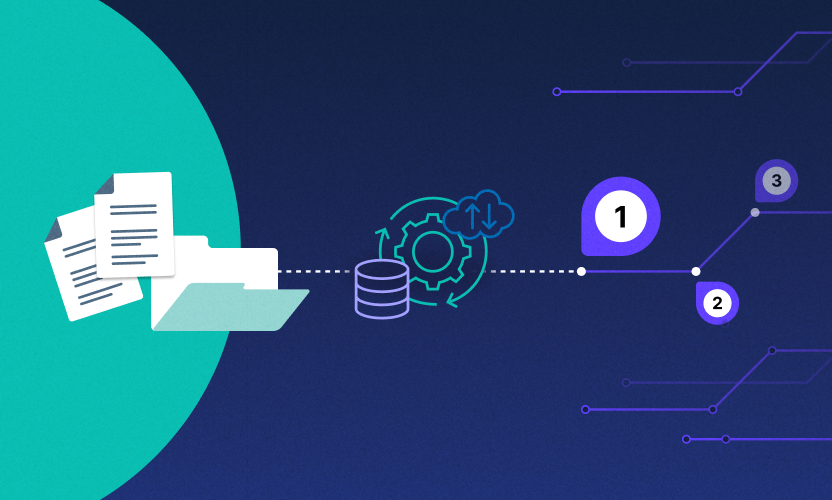
Transitioning to an Open CDE For Construction File Sharing
A single repository for all construction content changes the way people work, and it can make a big difference in project profitability. Increasingly, a CDE is an essential tool for conforming to Building Information Modeling (BIM) practices and meeting compliance requirements. It’s important to recognize that a CDE is not just for giant construction companies. It delivers the same benefits to smaller contractors and subcontractors who often operate on much thinner profit margins.
Although there are a number of CDE and file sharing solutions on the market today, many lack essential features needed to meet construction’s unique content management challenges. When evaluating solutions, pay particular attention to these capabilities:
- Support for hybrid environments and instantaneous file synchronization – This capability supports a variety of content management scenarios including cloud-based storage for easy remote access, and hybrid solutions that combine cloud and physical server storage in ways that ensure data access even when there are internet service interruptions. With these capabilities, all users will have access to the same data set regardless of file size or where users are located.
- Integrates with a wide range of popular construction tools and provides access to all file types – With this capability, all users can access all files through a single application workspace, regardless of device being used or location. Application support is key – check to see that a solution integrates with the applications you use.
- Version control for all file types – Version control is essential in a construction workflow where things change as the project moves forward, and much of the project content is a work in progress.
- Granular access management – The ability to closely manage access and permissions is especially important for construction content where legal liabilities often reside with content creators. You cannot have unauthorized people making unauthorized changes to reports, designs or records. At the same time you need the ability to quickly grant proper access and usage permissions for the many individual stakeholders involved in a project, and the CDE should allow you to specify end dates on project files.
- Strong Security Monitoring and Controls – The CDE should have controls that limit which files and folders a user can see. It must also support usage monitoring and behavioral analytics that automatically detect unusual file activity. The system must be able to quickly lock down files to prevent data theft and block attacks such as ransomware. Additionally, the CDE should support data encryption for data at rest and in transit.
- Secure file sharing – The CDE should be able to automatically segregate files by content owner, simplify content classification, and make file sharing from mobile devices an easy process.
- Simple file system set-up – This is an important capability that makes it possible to quickly provision job sites with complete file structures. A CDE makes this possible through file migration and synchronization, and network share migration capabilities. A well-configured CDE will resemble an already familiar drive letter structure, reducing time spent onboarding and training.
Construction businesses are under pressure to complete projects on time and under budget. Managing construction content in ways that streamline workflows and reduce miscommunication goes a long way to making projects more profitable. An open CDE is a smart approach to construction content management. As construction projects generate more information through new applications and tools, and as documentation requirements become more rigorous, a good CDE solution has become a critical success factor in the construction industry.





